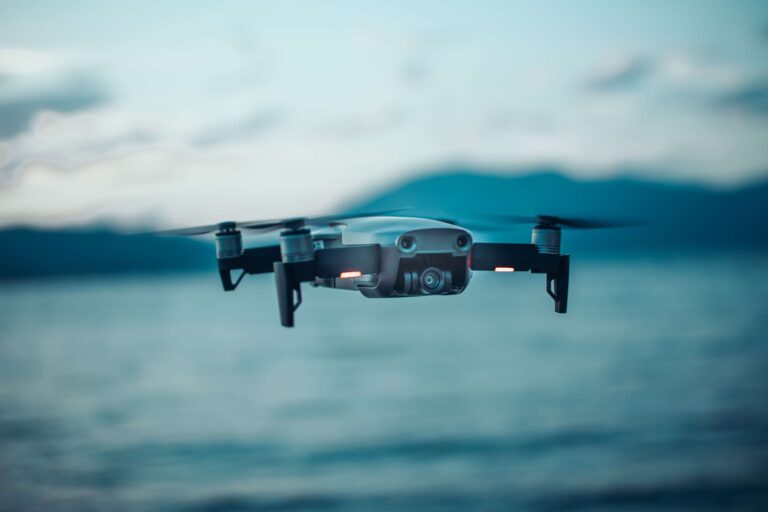Optimizing logistics operations is a key factor for most large retail chains such as Amazon to ensure a better service experience for the end customer. The use of new technologies is becoming increasingly common in this sector. One of the most innovative and exciting is drone use.
Following Walmart, which has already launched a drone delivery service in 2022 in six U.S. states, Amazon is also approaching this methodology by experimenting with its Prime Air service.
Table of Contents
Walmart and Amazon: two pioneers in drone delivery
Walmart made more than 6,000 deliveries via drones in 2022. This option was available to customers living within a couple of miles of stores, with a small price difference of $3.99 for 30-minute delivery.
The success of the service prompted Walmart to expand the program, effectively beating Amazon to the punch. Amazon had started the Prime Air project nearly a decade ago, but with several critical issues and delays.
After extensive testing and air carrier certification from the Federal Aviation Administration, Amazon’s MK27 drone is now operational – on a trial basis – in California and Texas. Thus carrying packages weighing less than 2.5 kilograms within a 3- to 5-mile radius of the hub.
Amazon said it plans to reach a goal of 500 million packages delivered using drones by the end of the decade. Including highly populated areas such as Boston, Atlanta and Seattle.
Amazon’s new drone model, MK30, will be operational by 2024. This device, a hexacopter, is smaller in size and lighter in weight than the previous version, but is equipped with advanced technology that can identify and overcome obstacles and objects in its surroundings.
Unlike Amazon, Walmart has chosen instead to outsource drone delivery service to specialized companies such as Flytrex, Zipline, and DroneUp. Which have become global leaders through Walmart’s significant investment in 2021.
The future of drone deliveries
Currently, the Federal Aviation Administration does not allow drone flights beyond the sight of human operators on the ground. But, legislation may change in the future to encourage automated deliveries.
In any case, the drone delivery industry is growing rapidly, with a projected 54.5 percent year-over-year growth, reaching a total revenue of $18.65 billion in 2028, according to Emergen Research.
The use of drones in logistics for large chains is bringing numerous benefits for distribution companies and customers. First, drones are able to reach places that are difficult for other means of transportation, such as mountainous, rural and island areas.
However, challenges related to air traffic management and drone safety may prevent the full adoption of delivery technology with these devices. Air traffic management is an area of concern as the number of drones in the air increases daily.
Deliveries with drones: challenges yet to come
Drones must be able to fly safely, avoiding collisions with other drones, planes and ground obstacles. To solve this problem, there are several technologies under development. Such as automatic obstacle detection and avoidance systems, which could be useful in avoiding collisions in flight.
Another major challenge to be addressed is the security of drones. These devices are vulnerable to cyber attacks and could be easily compromised, causing damage to property and customer data privacy.
To ensure the security of drones, appropriate security measures, such as user authentication and the use of advanced encryption, are required.
In addition, the privacy of customer data is an important concern in relation to the use of drones in logistics. When drones make deliveries, they can collect information about customers’ locations and their purchases. To avoid breaches of customer privacy, clear and strict data management policies are needed.
As technology evolves, drone deliveries could revolutionize the logistics industry. Thus improving the quality of services offered and reducing delivery times.
Read also: The taxi-drone becomes a reality, by 2024 Volocopter will connect Rome and its airport












